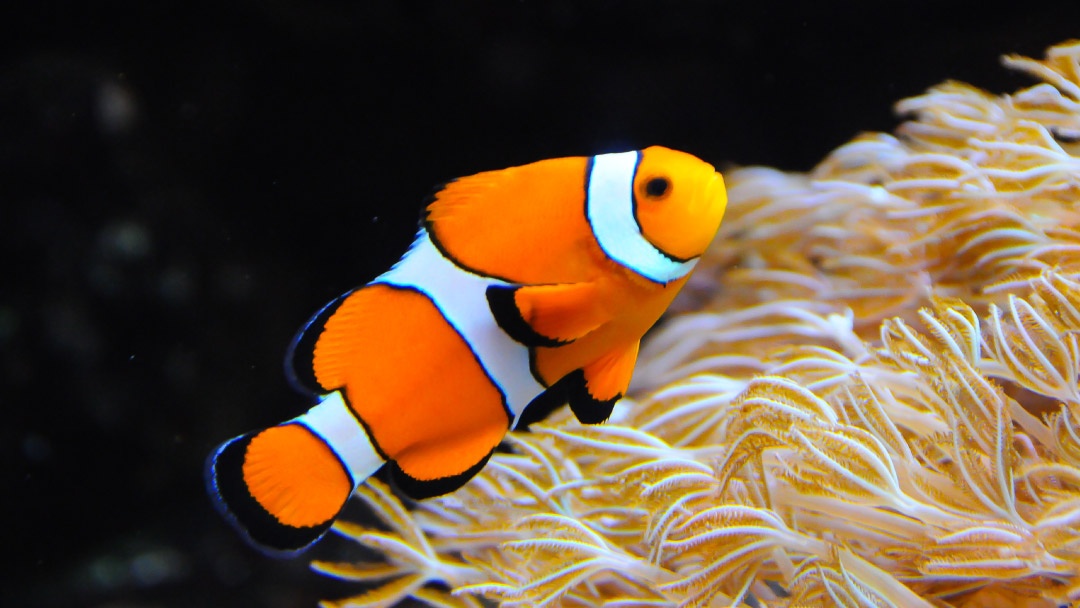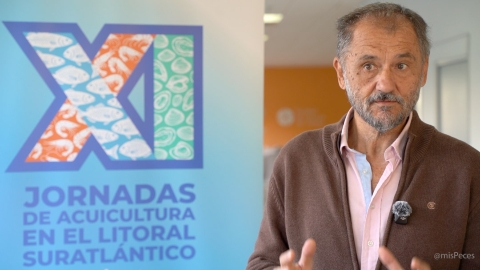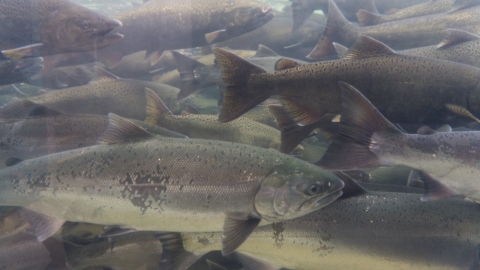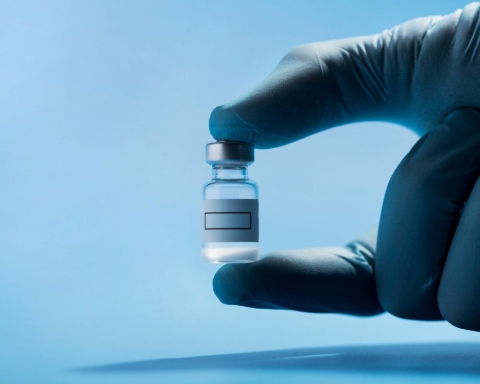
A study led by researchers from the Iranian Fisheries Science Research Institute analysed the use of natural and synthetic carotenoids to improve pigmentation in clownfish (Amphiprion ocellaris), stating that Haematococcus pluvialis, a freshwater microalga, is the richest natural source of astaxanthin and represents a promising alternative to synthetic pigments in aquaculture.
The research team conducted a feeding trial with clownfish, comparing diets supplemented with natural astaxanthin from H. pluvialis against those containing synthetic carotenoids. Over the course of the experiment, they monitored growth, survival, pigmentation, and antioxidant activity to evaluate the effects of each carotenoid source.
The results showed that both natural and synthetic carotenoids improved the external colouration of clownfish. However, natural astaxanthin from H. pluvialis generated more intense pigmentation and enhanced antioxidant activity, potentially improving stress resistance and overall fish health.
Astaxanthin is a red-orange xanthophyll carotenoid widely used in aquaculture feeds to enhance pigmentation, a key quality factor for both ornamental and food fish. While synthetic astaxanthin is commonly used due to its lower costs and wide availability, natural astaxanthin from H. pluvialis has attracted increasing interest thanks to its higher bioactivity, stronger antioxidant properties, and growing consumer preference for natural products.
These findings support the trend towards natural feed additives in aquaculture, particularly in the ornamental fish sector, where vivid pigmentation is essential for market value.
Reference:
Foroutanfar, M., Nazari, H., Fadaei, F., & Hafezieh, M. (2024). Comparative effects of natural and synthetic carotenoids on pigmentation and antioxidant activity in clownfish (Amphiprion ocellaris). Iranian Fisheries Science Research Institute.



